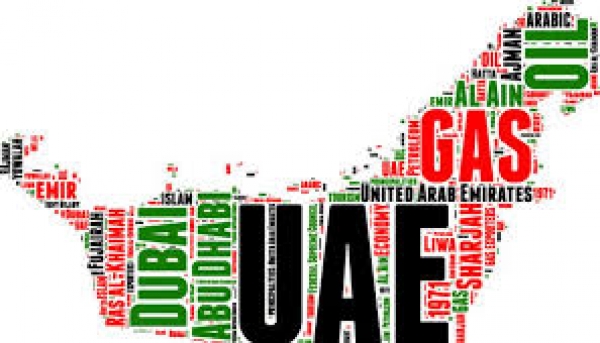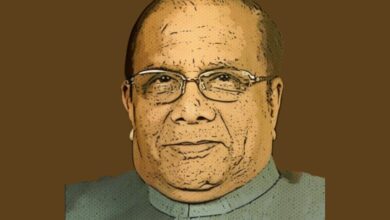Fuel prices expected to rise further in India, but Oil-producing Countries & Companies register lows like never before; what is the future of Oil and Oil-producing countries and companies?

We, the Indian’s have been terrified of the hike in fuel prices; just when we thought it might be the last fuel hike for some time at least, the government sends a shocker as the prices continued to climb further.
Yesterdays, news headlines were not kind either, with the government announcing a price hike for LPG in most metro cities.
If we thought that the price hike is because of the Oil producing countries, we are wrong!
If one thinks that Oil-producing countries are laughing all the way to the bank, they are not. The truth is that they are hurting. Yes, there is a price jump, but it is not good enough for them.

So what exactly is the ground reality for these Oil-producing Countries and Oil Companies?
The world’s biggest oil exporters are still bleeding money; the biggest oil companies are reporting staggering losses like never before. The pandemic has triggered a crisis and a battle for survival in the Oil sector.
Let us delve a little deeper into the oil crises – Firstly, what does one barrel of Oil cost?
It costs $66 compared to April last year when it cost $20; this is a three-fold jump in the oil prices, but the problem is it is still not good enough for oil exporters, and they are losing money big time.
For Saudi Arabia to balance its budget, it would like for Oil to sell at $67.9 per barrel, and in the case of Iraq, the ideal price should be $80 per barrel.
Hence, as a result, there is a big hole in oil-exporting countries’ budgets; Gulf Cooperation Council Countries (GCC), the regional alliance of Arab states, has already predicted a budget deficit.
Last year the deficit was a little more than 9%, and in 2021 it will be close to 6%, and the losses could grow in the future.
As per experts, between 2020 – 2023, GCC countries’ deficit is expected to touch $490 billion. Since these countries rely majorly on Oil for their income, the lack of alternatives to cover up the losses forced this block to borrow more in 2020; an assessment from last year suggests GCC government debt is set to surge by $100 billion.
Major oil countries are still reeling from the pandemic shock, plus they are losing money on every barrel they sell.

What about the Oil producing Companies?
The world’s biggest Oil producing companies too are losing billions; this month, they have reported record annual losses.
America’s biggest oil exporter Exxon Mobil has suffered a loss of more than $20 billion. The first annual loss in the company in its history.
ConocoPhillips lost more than $2.7 billion.
Similarly, in the United Kingdom, energy group British Petroleum reported $5.7 billion losses.
What are the experts saying?
Goldman Sachs says oil prices will see a 20% jump this year; the world bank, on the other hand, is not so optimistic; it says oil prices will remain below $50 per barrel through 2022, the result will be this for the countries that rely on Oil for most of their income could see their revenues fall by 46% on an average. That means a total loss of $9 trillion in losses.
What is the current day situation?
Oil Marketing companies on Friday continued with their wait and watch approach and kept the retail price of Petrol and Diesel unchanged for the third consecutive day.
But this price pause may be momentary as global oil prices are on the boil with benchmark Brent crude prices remaining above $66 a barrel.
The international market’s product prices have also firmed up over restricted supplies and a demand pickup.

What is happening in India, and what is the government’s strategy?
Petrol continues to be sold at Rs 90.93 per liter and Diesel at Rs. 81.32 a liter in Delhi. Since February 2021, we have seen 13 increases in both petrol and diesel with Rs. 3.98 per liter (petrol) and Rs. 4.19 per liter (Diesel).
However, in many other parts of the country, the increase in the previous weeks had taken the price of petrol to historic levels of Rs—100 per liter for the first time ever.
It should be noted that the prices of both fuels have increased 25 times in 2021; since oil price is benchmarked to a 15 – day rolling average of global refined products’ prices and dollar exchange rate, pump prices can be expected to remain northbound over the next few days even if crude prices stabilize.
The Oil companies executives are of the opinion that petrol and diesel prices may increase more in the coming days as retail prices may have to be balanced in line with the global developments to prevent OMCs from making losses on the sale of auto fuels.
Hence, we should brace ourselves for further hikes in both fuel prices.
On the other hand, the government also seems to agree with the price hikes and have clearly indicated that they will not be absorbing the increase in fuel prices but would be passing it on to the citizens/consumers.
The strategy of the government certainly doesn’t bore well for the lower income bracket who are already struggling with the impact of the pandemic and now also have no respite from the rising inflation, which included fuel prices.
All this is a sign of things to come – the world wants to weed itself away from Oil, and this would mean millions and trillions of losses in the next 20 years for oil producers.




